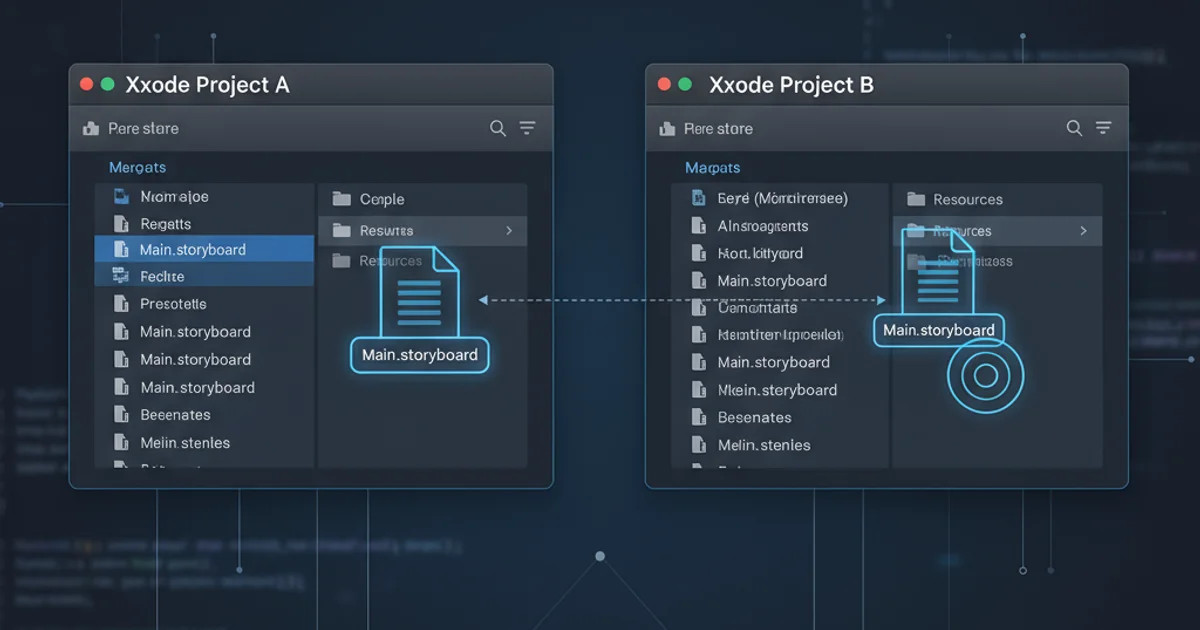How can I download the sample app for the google developers?
Categories:
Accessing Google Developers Sample Applications

Learn how to efficiently locate, download, and utilize sample applications provided by Google Developers to kickstart your projects and understand best practices.
Google Developers provides a wealth of sample applications across various platforms and services. These samples are invaluable resources for developers looking to understand how to implement specific features, integrate with Google APIs, or simply get a head start on a new project. This guide will walk you through the most common methods for finding and downloading these samples, ensuring you can leverage them effectively.
Understanding Google's Sample Ecosystem
Google's sample applications are typically hosted on GitHub, making them easily accessible and manageable. They often come with detailed README.md files that explain how to set up the project, run the sample, and understand the core concepts demonstrated. Before diving into specific download methods, it's helpful to understand the general structure and where to look.
flowchart TD
A[Start: Need a Sample App] --> B{What Google Product/API?}
B --> C{Search Google Developers Documentation}
C --> D{Find 'Samples' or 'Code Labs' Section}
D --> E{Link to GitHub Repository}
E --> F[Download/Clone Repository]
F --> G[Run Sample App]
G --> H[End: Understand & Adapt]Typical workflow for finding and utilizing Google Developer samples.
Method 1: Via Google Developers Documentation
The most reliable way to find relevant sample applications is directly through the official Google Developers documentation for the specific product or API you are interested in. Almost every major Google API (e.g., Android, Firebase, Google Cloud, Google Maps) has a dedicated documentation portal that includes a 'Samples' or 'Code Labs' section.
1. Navigate to the relevant documentation
Go to developers.google.com and search for the specific product or API (e.g., 'Firebase Android SDK', 'Google Maps JavaScript API').
2. Locate the 'Samples' or 'Code Labs' section
Within the documentation, look for a navigation link or a dedicated section titled 'Samples', 'Code Labs', 'Quickstarts', or 'Tutorials'. These sections almost always link directly to GitHub repositories.
3. Access the GitHub repository
Click on the link to the sample application. This will typically take you to a GitHub repository page.
4. Download or clone the repository
On the GitHub page, you can either click the green 'Code' button and select 'Download ZIP' to get a snapshot of the code, or use Git to clone the repository for easier updates: git clone [repository_url].
README.md file in the sample's GitHub repository. It contains crucial information about setup, dependencies, and how to run the application.Method 2: Direct GitHub Search
If you know the name of a specific sample or are looking for a broader range of examples, you can directly search on GitHub. Google maintains several official GitHub organizations where most of their samples reside.
Key Google GitHub organizations to search:
github.com/google
github.com/firebase
github.com/google-cloud-samples
github.com/android
github.com/googlesamples
Common Google GitHub organizations
You can use GitHub's search functionality to look for keywords within these organizations, for example, repo:googlesamples/android-architecture-components or user:firebase android chat.
Running a Sample Application
Once downloaded, running a sample application usually involves a few common steps, though these can vary significantly based on the technology stack (e.g., Android, Web, Node.js, Python). Most samples will require you to install dependencies and configure API keys or project IDs.
Android Studio (Gradle)
- Open Android Studio.
- Select
File > Openand navigate to the downloaded sample's root directory. - Android Studio will automatically import the Gradle project.
- Sync Gradle, install any missing SDK components, and then run on an emulator or device.
Web (Node.js/npm)
- Open your terminal or command prompt.
- Navigate to the sample's directory:
cd /path/to/sample. - Install dependencies:
npm installoryarn install. - Start the development server:
npm startoryarn start(commands may vary, checkpackage.jsonorREADME.md).
Python (pip)
- Open your terminal or command prompt.
- Navigate to the sample's directory:
cd /path/to/sample. - (Optional, but recommended) Create and activate a virtual environment:
python3 -m venv venv && source venv/bin/activate. - Install dependencies:
pip install -r requirements.txt. - Run the main script:
python main.py(or as specified inREADME.md).